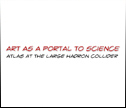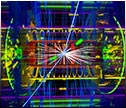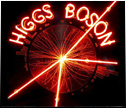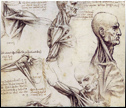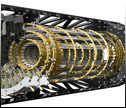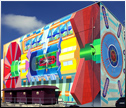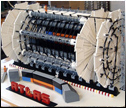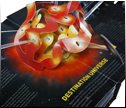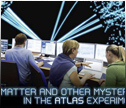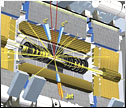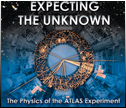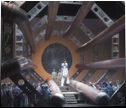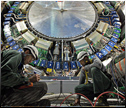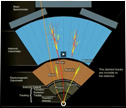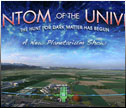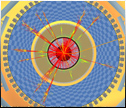
(© Artists Rights Society (ARS), Used with permission, see below.)
The intersection of art and science
The intersection of art and science has become a focal point both for understanding the data from the experiment and for communicating the impact of this science. This cross-fertilization is not entirely new.
The surrealist painter Salvador Dali created works with distorted clocks and extra dimensions of space, perhaps inspired by modern concepts from physics that gave new insights to space and time. (It is said that Dali was also inspired by a runny piece of Camembert cheese during a hot summer's day.)
Physicists from the ATLAS Experiment have developed their own artistic impressions when describing the function of the huge detector and the exploration of fundamental processes in nature. Art is being used not only to further understanding, but also to inspire interest in science among students and the public. Even more, the goal is to engage them in our investigations.
